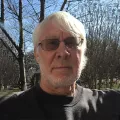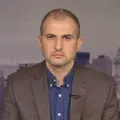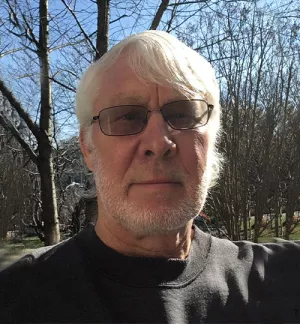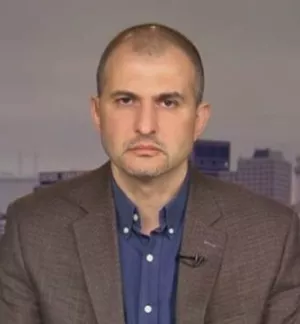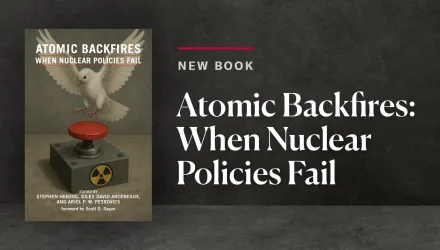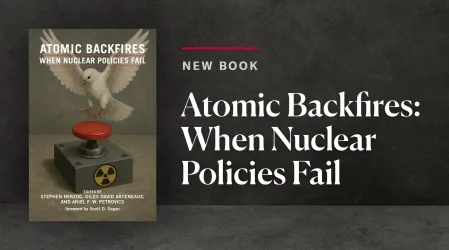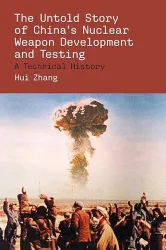Researchers from the United States and Russia have issued a joint assessment of the global threat of nuclear terrorism, warning of a persistent danger that terrorists could obtain or make a nuclear device and use it with catastrophic consequences.
The first joint threat assessment by experts from the world’s two major nuclear powers concludes: “If current approaches toward eliminating the threat are not replaced with a sense of urgency and resolve, the question will become not if but when, and on what scale, the first act of nuclear terrorism occurs.”
The study recommends measures to tighten security over existing nuclear weapons and the nuclear materials terrorists would need to make a crude nuclear bomb, along with expanded police and intelligence cooperation to interdict nuclear smuggling and stop terrorist nuclear plots. The report also calls for improved protection of nuclear facilities that might be sabotaged, and of radiological materials that might be used in a dirty bomb.
The report, titled "The U.S.-Russia Joint Threat Assessment on Nuclear Terrorism," released on Monday, June 6, in Cambridge, Mass., and in Moscow, results from a nearly year-long partnership by nuclear security experts from the Belfer Center for Science and International Affairs at Harvard Kennedy School and The Institute for U.S. and Canadian Studies in Moscow, a leading Russian research center.
ABSTRACT
Nuclear terrorism is a real and urgent threat. Given the potentially catastrophic consequences, even a small probability of terrorists getting and detonating a nuclear bomb is enough to justify urgent action to reduce the risk. Al-Qaeda and North Caucasus terrorist groups have both made statements indicating that they seek nuclear weapons and have attempted to acquire them; these groups are presented together as a case study to assess nuclear terrorism as a present and future threat. (The only other terrorist group known to have systematically sought to get nuclear weapons was the Japanese cult group Aum Shinrikyo.) This study makes the case that it is plausible that a technically sophisticated group could make, deliver, and detonate a crude nuclear bomb if it could obtain sufficient fissile material. The study offers recommendations for actions to reduce this danger.
Press release announcing report is accessible here.
PDFs of English and Russian versions of the complete report are available here.
Bunn, Matthew, Rolf Mowatt-Larssen, Simon Saradzhyan, William H. Tobey, Yuri Morozov, Viktor I. Yesin and Pavel S. Zolotarev. “The U.S.-Russia Joint Threat Assessment of Nuclear Terrorism.” June 6, 2011


